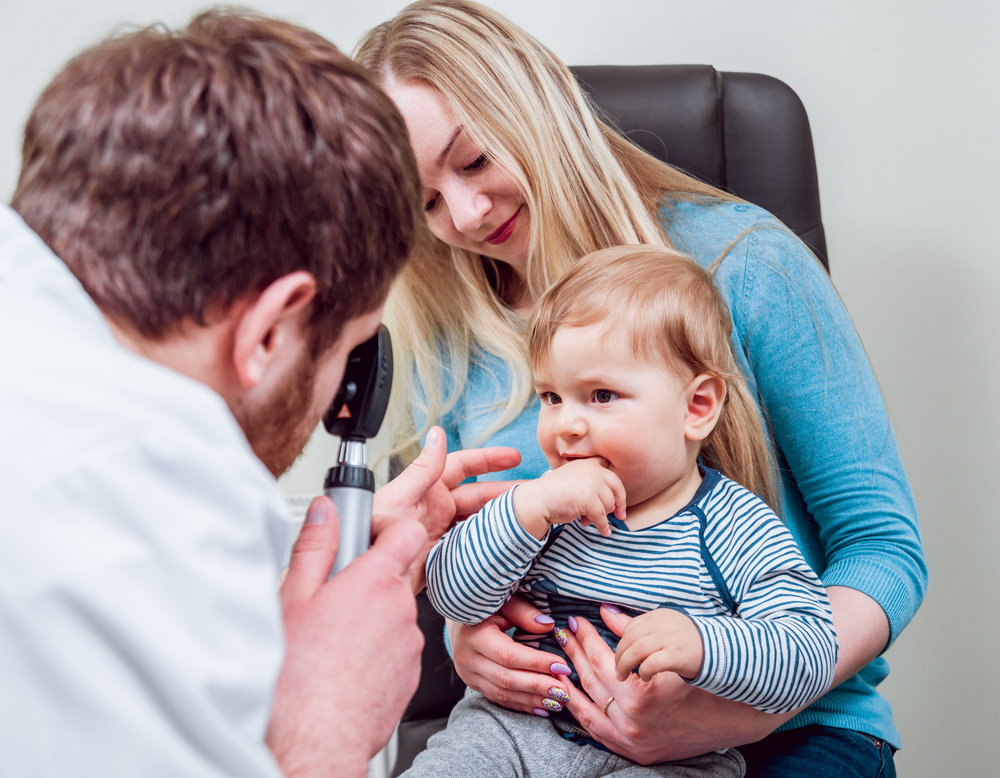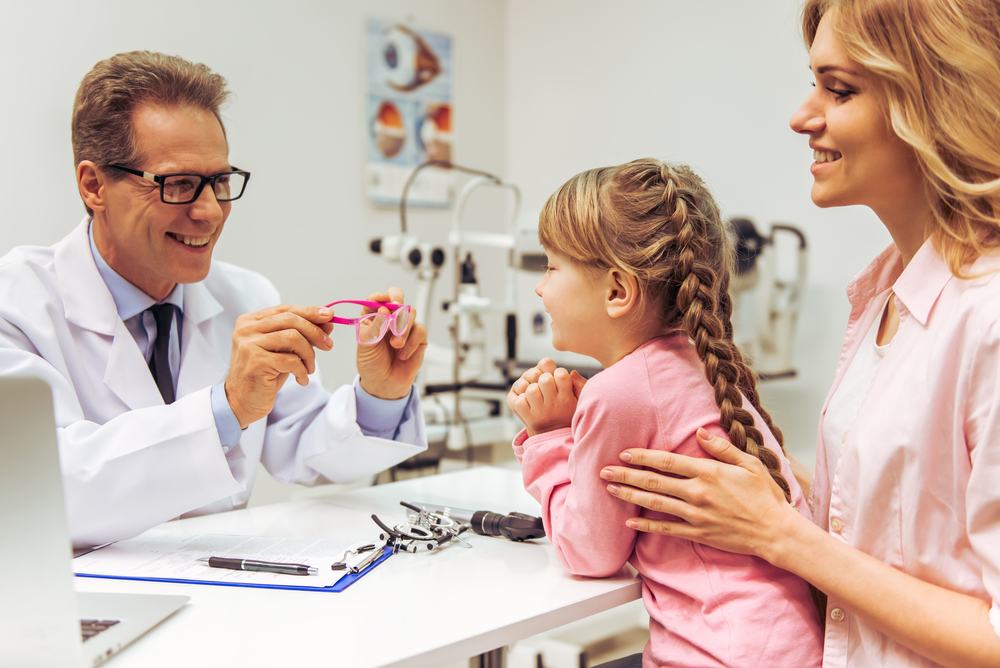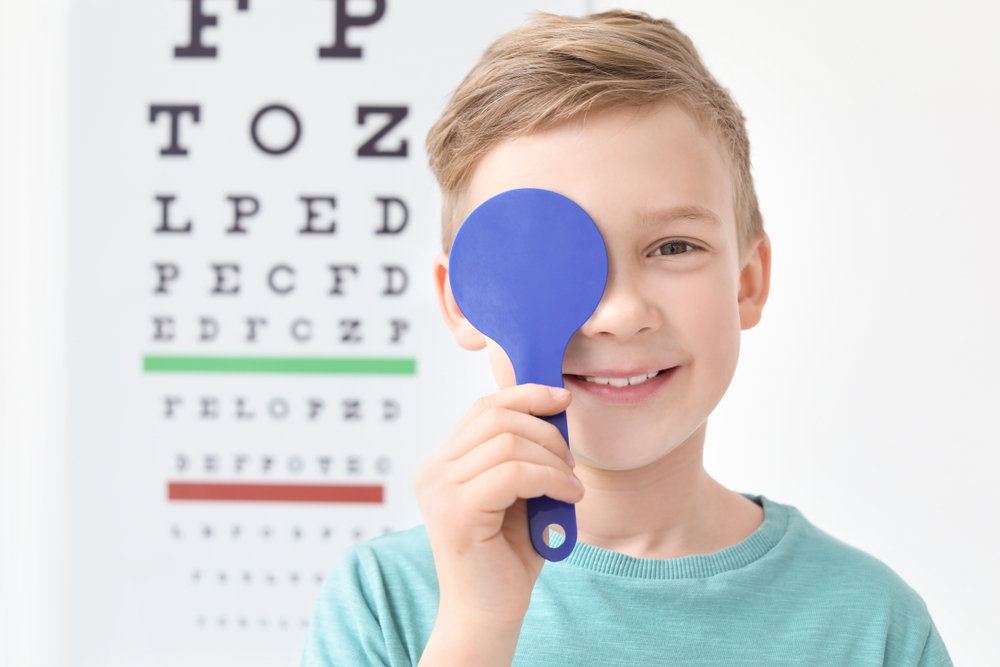Do Children Need to See an Eye Doctor?
Your child’s vision plays a crucial role in their development, learning, and everyday activities. Many parents wonder when they should start taking their children for eye examinations and how frequently these visits should occur.
Keep reading to learn more about whether children need to see an eye doctor!
When Should Children Have Their First Eye Examination?

Children should have their first comprehensive eye exam at around six months old. This initial exam helps establish a baseline for your child’s vision and can identify early signs of eye conditions that may affect their vision as they grow.
After their first exam, children should have another eye exam at age three and again before starting school at around age five or six. These visits are crucial as they can detect visual problems that may interfere with learning and development.
However, your child’s eye doctor may recommend a different schedule based on their specific needs. Some children may require more frequent examinations due to risk factors such as premature birth, family history of eye conditions, or other factors.
What Signs Indicate My Child May Have Vision Problems?
Children may not always communicate that they’re experiencing vision problems, especially if they’ve never known what “normal” vision is like. As a parent, being aware of the signs that may signify your child is struggling with their vision can help you advocate for your child.
Some common signs that your child may have vision problems include:
- Squinting, closing one eye, or tilting the head when trying to focus
- Holding reading materials too close or sitting too close to screens
- Complaining of headaches or eye discomfort
- Rubbing eyes excessively
- Losing place while reading or using a finger to guide reading
If you notice any of these signs, it’s important to schedule an eye exam for your child. Early detection and treatment of vision problems can prevent them from affecting your child’s learning and development.
What Common Vision Problems Affect Children?

Children can experience various vision problems, some of which may resolve as they grow, while others may require help from an eye doctor. Refractive errors are among the most common vision problems in children.
These include nearsightedness, farsightedness, and astigmatism. Refractive errors occur when the shape of the eye prevents light from focusing directly on the retina, resulting in blurred vision.
These conditions can often be corrected with glasses or, in some cases, contact lenses for older children. Amblyopia, commonly known as “lazy eye,” is another condition that affects children.
It happens when vision in one eye doesn’t develop properly, usually because of a significant difference in prescription between the eyes or an eye misalignment. Strabismus, or crossed eyes, occurs when the eyes don’t align properly.
This misalignment can cause double vision or amblyopia if left untreated. Treatment options may include glasses, vision therapy, or, in some cases, surgery.
How Can Vision Problems Impact Your Child’s Academic Performance?
Vision problems can significantly impact a child’s academic performance. Children with undiagnosed vision problems may struggle with reading, writing, and other classroom activities.
When children can’t see clearly, they may become frustrated and lose interest in school. They might then be misdiagnosed with learning disabilities or attention disorders when the real issue is their vision.
Regular eye exams can help ensure that vision problems aren’t holding your child back academically. Children who receive proper vision correction often show better reading comprehension, longer attention spans, and increased participation in classroom activities.
How Do Digital Devices Affect Children’s Eye Health?
Children are spending more time than ever looking at screens. From remote learning to video games and social media, digital devices have become a significant part of children’s daily lives.
This increased screen time can impact eye health and vision. Digital eye strain can affect children who spend long periods using digital devices.
Symptoms include eye fatigue, dry eyes, headaches, and blurred vision. The blue light emitted by screens may also disrupt sleep patterns, potentially affecting overall health.
You can help protect your child’s eyes by encouraging the 20-20-20 rule: Every 20 minutes, look at something 20 feet away for 20 seconds.
Ensure proper lighting and screen positioning, and consider blue light filtering glasses for extended screen use. You should also try to limit their screen time and encourage outdoor activities, which have been shown to reduce the risk of myopia progression.
Why Regular Eye Exams Are Important for Children

Vision care shouldn’t stop after one or two eye exams. As children grow, their eyes change, and new vision issues can develop.
Regular eye exams throughout childhood and adolescence are essential for maintaining good vision and eye health. In addition to scheduled eye exams, maintaining good overall health practices can benefit eye health.
A balanced diet rich in fruits and vegetables provides essential nutrients for eye health. Regular physical activity and adequate sleep also contribute to overall well-being, including eye health.
For children who require vision correction, it’s important to keep prescriptions up to date. Children’s prescriptions can change rapidly as they grow, and outdated prescriptions can cause eye strain and other problems.
Regular check-ups ensure your child’s prescription is appropriate for their current needs.
Is it time for your child to have an eye exam? Schedule an appointment at Complete EyeCare West in Columbus, OH, today!







